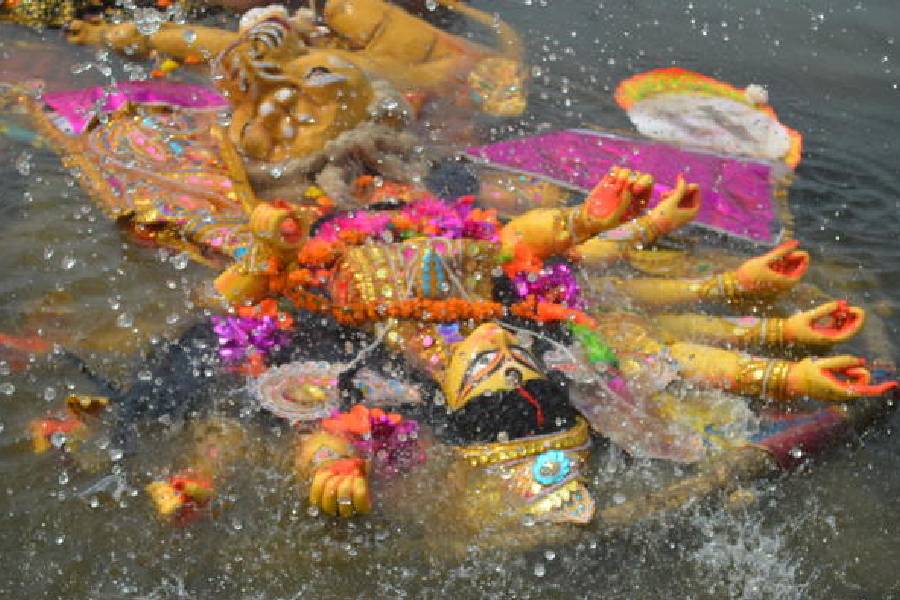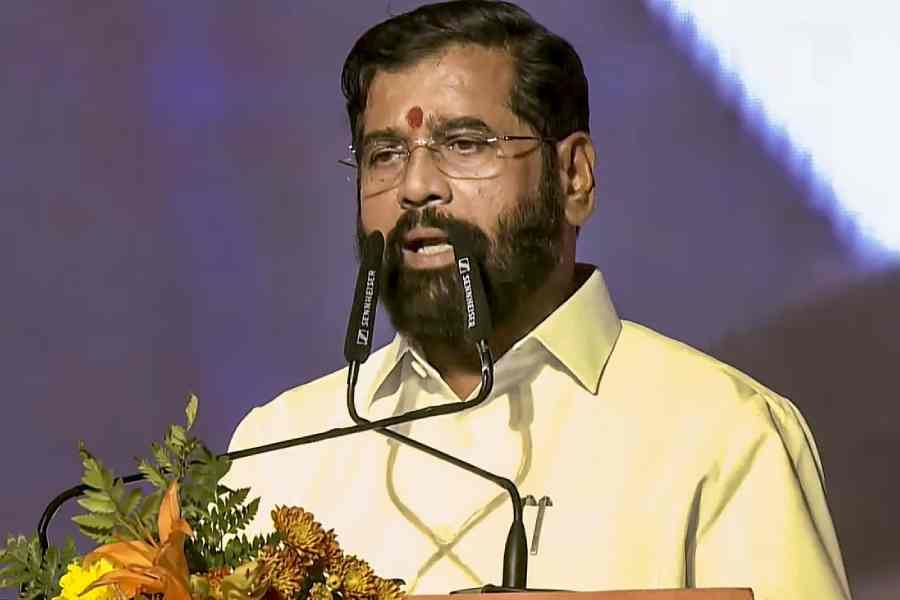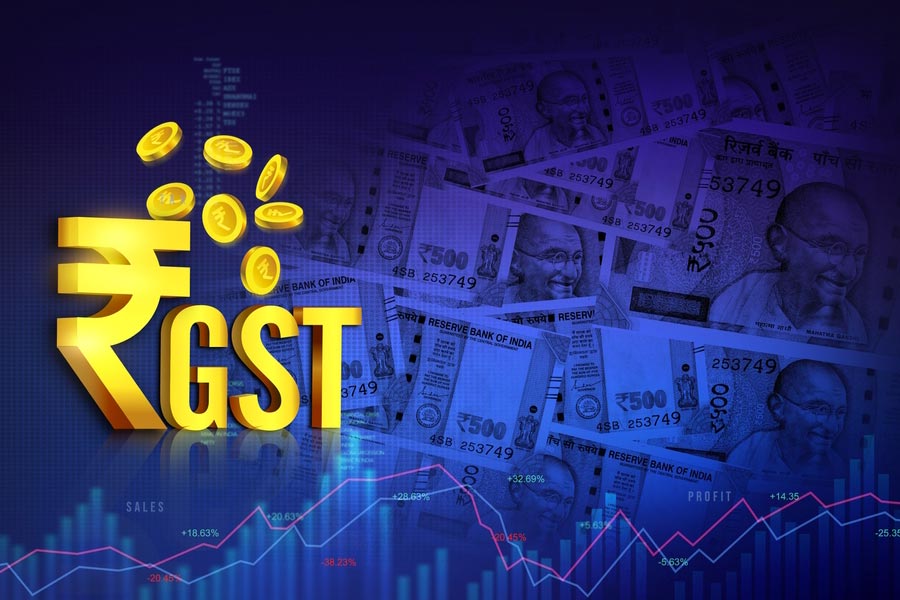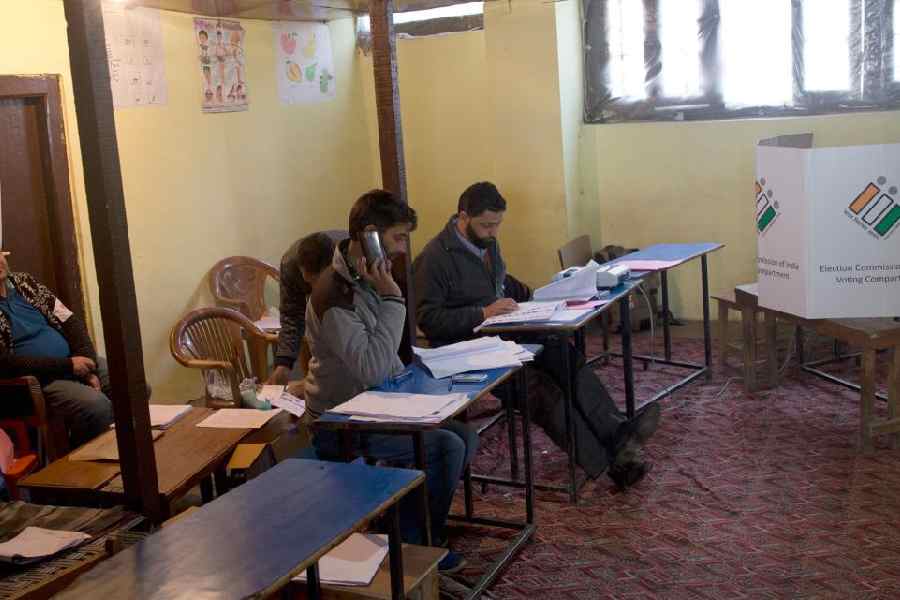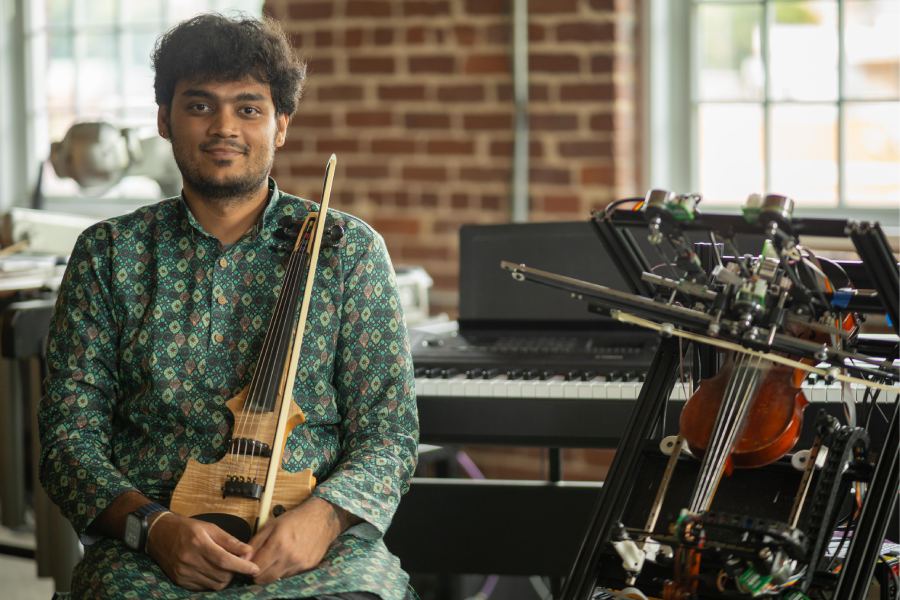As Bengalis across the globe celebrate Durga Puja, the man who codified the rituals remains largely forgotten.
Despite his monumental contribution, few remember Raghunandan Bhattacharyya, a 16th-century Sanskrit scholar from Nabadwip, Nadia, who codified many crucial texts that shaped several Hindu rituals, including some integral to Durga Puja.
A contemporary of Chaitanya Mahaprabhu, Bhattacharyya authored 28 smriti digests on Hindu rituals, collectively known as the Astavimsati Tattva. One of these digests was dedicated to Durga Puja and provided a detailed methodology for the worship of the deity, based on the Devi Puran.
Bhattacharyya clarified many common misconceptions about the festival. For example, he explained that while terms like Mahashtami and Mahanavami are correct, referring to days like Sashthi or Saptami with the Maha (great) prefix is incorrect. According to him, the prefix Maha should only be used for Ashtami and Navami, as these days mark the victory of good over evil.
Recently, the Bijoy Krishna Mahavidyalaya in Balagarh, Hooghly, has rediscovered some of Bhattacharyya’s manuscripts and is launching a study to preserve his works in a dedicated archive to provide students and researchers with the opportunity to explore his forgotten legacy.
Among his many works are Durgotsav Tattva (on the rituals of Durga Puja), Dev Pratishtha Tattva (the consecration of idols), Ekadashi Tattva (regulations related to Ekadashi), Janmashtami Tattva (rules of Janmashtami), Tithi Tattva (rites for specific lunar days), and Vivaha Tattva (wedding rituals).
“Raghunandan Bhattacharyya simplified complex codes to make them understandable for common people, shaping daily religious practices,” said Partha Chattopadhyay, a teacher of Bengali literature at Bijoy Krishna Mahavidyalaya. Chattopadhyay is spearheading the project to study and archive Bhattacharyya’s works at the college’s Panchanan Karmakar Archive.
According to Chattopadhyay, Bhattacharyya’s Astavimsati Tattva was more than just a guide to rituals, it was a social revolution.
“It gave people a new way of life,” Chattopadhyay said.
Bhattacharyya was not only a scholar but also a social reformer who fought against religious prejudice, he said.
“The Durga Puja rituals we follow today are largely based on his digests,” Chattopadhyay added, noting that Bhattacharyya wrote three key digests on Durga Puja — the Durgotsav Tattva, Durga Puja Paddhati and Kritva Tattva.
Bhattacharyya laid out seven essential methods of performing Durga Puja, the Saat Bidhan, integral to the way Puja is performed.
Sekhar Chakraborty, a priest from Chakdah in Nadia, said: The methods we use for Durga Puja today are largely derived from Raghunandan’s works.”
The priest highlighted Bhattacharyya’s instructions for the ritual of Devi Bodhon, where the deity is invoked on the evening of Sashthi under a bael tree. According to his digest, the Naba Patrika (nine leaves of nine plants symbolising the deity) is ritually bathed, and offerings are made to a sacred clay pot, before continuing with prayers before the clay idol from the following day.
Bhattacharyya was born in Nabadwip and received his education under his father, scholar Harihar Bhattacharyya. By age 25, he had written the Astavimsati Tattva and earned the title of Smarta Bhattacharyya for his profound knowledge of Hindu law.
Sukhen Biswas, who teaches Bengali at Kalyani University, praised the initiative to preserve Bhattacharyya’s legacy for its “rich history”.

